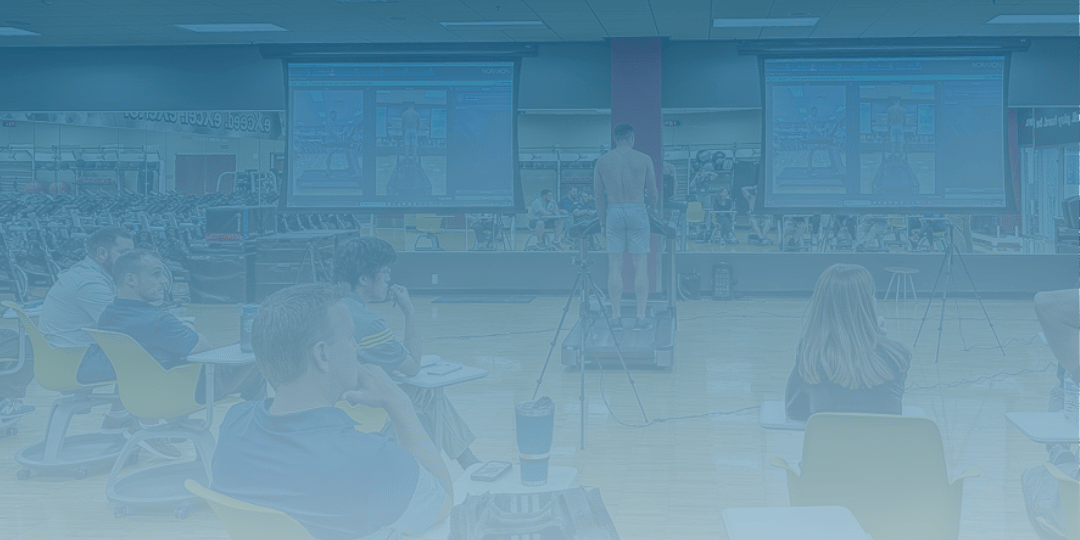Ergonomics is the “scientific discipline concerned with the understanding of interactions among human and other elements of a system, and the profession that applies to theory, principles, data and methods to design in order to optimize human well-being and overall system performance.” – International Ergonomics Association Executive Council
The Occupational Safety and Health Administration (OHSA) reports that 70 million doctor visits in the United States occur every year due to musculoskeletal disorders formed in the workplace. These physical ailments can be attributed to poor workplace ergonomics and the lack of proper safety measures.
Ergonomics is the study of interactions between humans and elements of a system and how to optimize the human’s well-being as well as the overall performance of the system. This can be applied to many different environments including offices, medical spaces, laboratories, material handling spaces, as well as a home or hobby space. By studying people in these different environments, ergonomists can design or modify the work to fit the person in order to mitigate any discomfort or risk of injury while on the job.

The three main characteristics that are identified by ergonomists while evaluating a job are:
- Force required to complete a task
- Awkward/static working postures during completion of a task
- Repetitiveness of a task
These factors are important because they have the potential to contribute to a greater risk of injury or discomfort while on the job.
A major example in the ergonomics space is the lifting and handling of materials, especially in a warehouse environment. Like any physically demanding job, there is a chance of injury and missed workdays. In the United States, millions of people are injured on the job, and they often require medical treatment, which causes people to miss or limit their workplace activities.
In the warehouse environment, it was recorded there were about 5.5 injuries per 100 full-time workers with musculoskeletal injuries occurring twice as frequently than others. These injuries primarily affected the knees, the upper extremities, and the back.
These injuries can be decreased by applying five aspects of ergonomics:
- Safety
- Comfort
- Ease of use
- Productivity
- Aesthetics
The long-term goal of these aspects is to keep employees safer, improve comfort with tools on the job, help simplify tasks, increase productivity and performance, and enhance the mood of people in the workplace. It is extremely important that the environment is supported by senior management as well, as they should be heavily invested in the process of cultivating better practices for their employees to reach company goals.


